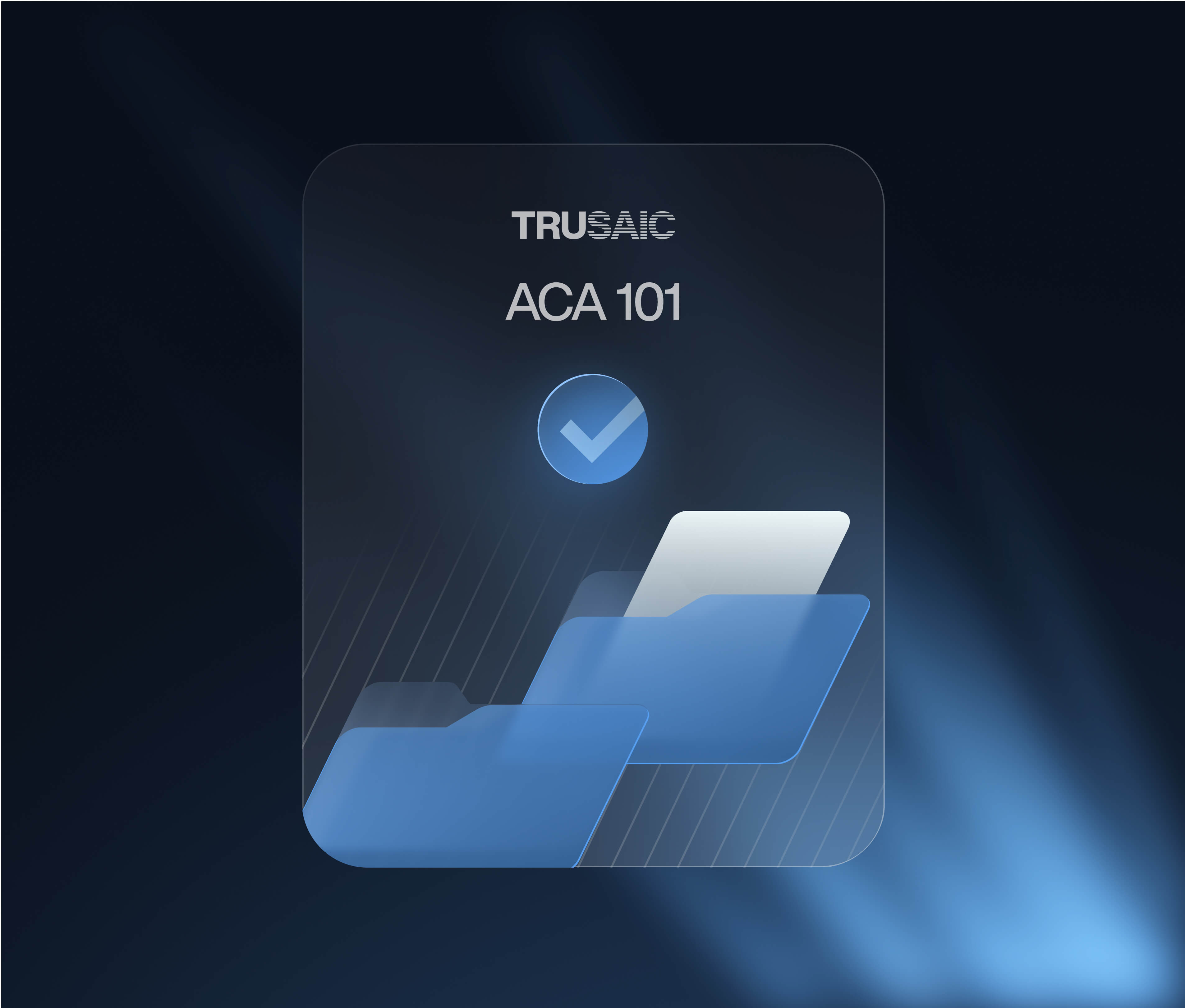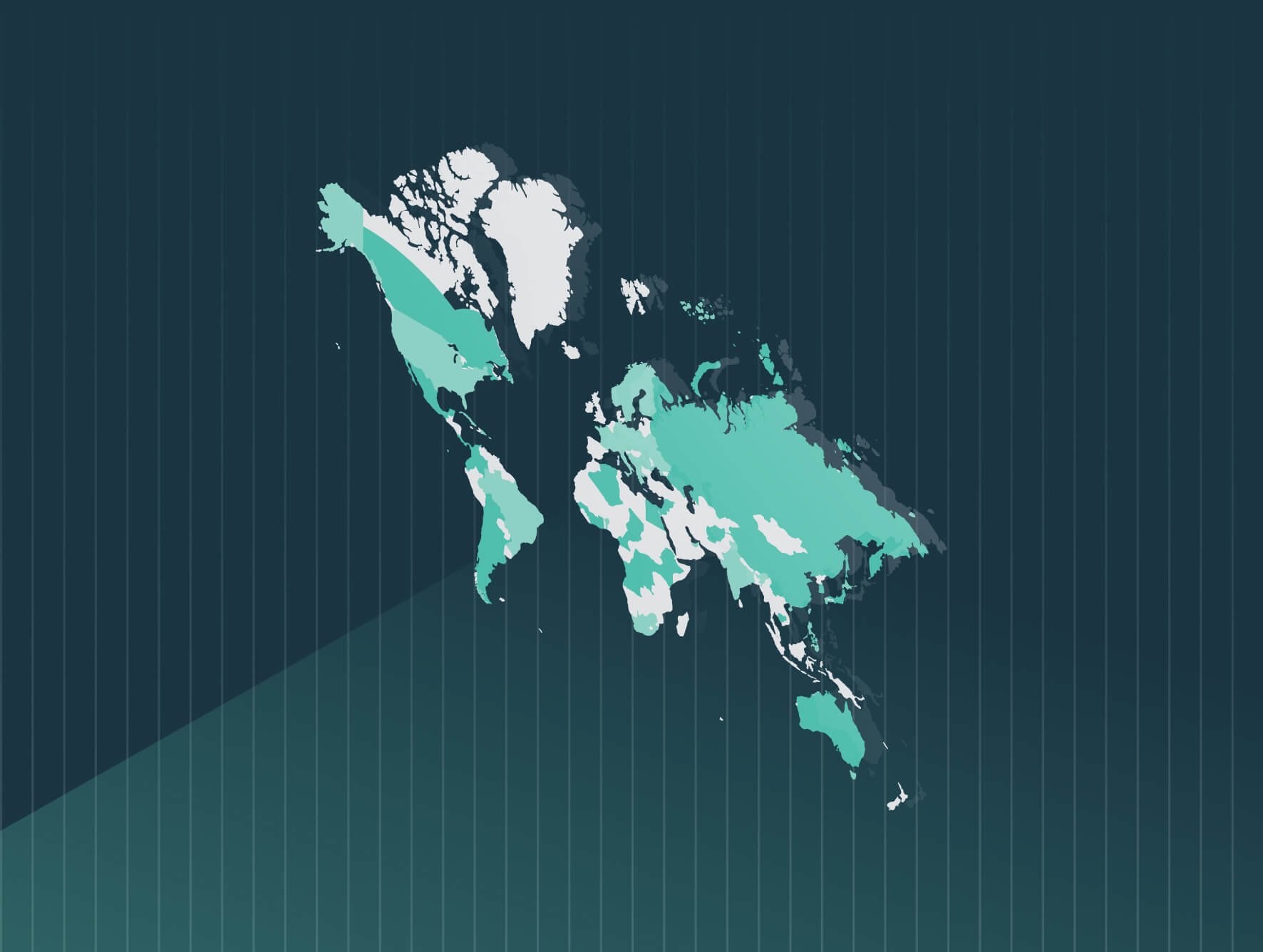The United Kingdom government is reportedly considering implementing pay transparency and reporting requirements that would align it to the EU Pay Transparency Directive.
While the UK is no longer subject to EU directives post-Brexit, the potential alignment signals growing support for a harmonized, pan-European approach to pay transparency.
The move, if enacted, would mark the most substantial shift in the UK’s pay transparency policy since the introduction of mandatory gender pay gap reporting in 2017.
What’s Being Proposed?
The government is exploring reforms that would expand existing legislation to tackle pay discrimination. Ministers are reportedly considering requiring salary range disclosures on job postings, a salary history ban, mandating employers to publish pay structures and criteria for progress, and increase the level of fines on non-compliant employers.
Additional considerations include:
- Enabling employees to request pay information for colleagues performing similar work — an approach already embedded in the EUPTD.
- Requiring companies to disclose how salaries are determined, including the criteria used for evaluating job value and determining compensation.
- Strengthening employee rights to access pay information and challenge unexplained disparities.
These measures mirror several of the EUPTD’s key requirements, including:
- Pay transparency elements, including salary range disclosure and salary history ban requirements.
- Right to information: The right for workers to request pay level and average pay data by gender for similar roles.
- Fines and penalties for non-compliance: Employers that fail to comply with the EUPTD are at risk of incurring various financial penalties and sanctions.
The UK’s potential updates would fall short of some of the more onerous elements of the EUPTD, including a requirement to have an adjusted pay gap below 5% and to take action remediating a pay gap within six months of reporting.
Either of these triggers a Joint Pay Assessment with workers’ representatives, which can become risky, costly, and time-consuming for employers.
The UK’s requirements would, however, be more expansive in that its pay gap reporting applies to gender, race/ethnicity, and disability, whereas the EUPTD only requires gender pay gap reporting. And employers will soon be required to publish and implement action plans to close pay gaps.
Current UK Gender Pay Gap Reporting Rules
Under current UK law, private- and voluntary-sector employers with 250 or more employees must publish:
- Their mean and median gender pay gaps
- The proportion of males and females in each pay quartile
- Mean and median pay gaps across race/ethnicity and disability (new)
- Action plans to close gender pay gaps
- Bonus pay gaps and participation rates
However, the system stops short of providing employees with access to individual or job-category level data — something that is fast becoming the new baseline in EU jurisdictions transposing the Directive.
What Would Change?
If the government adopts the proposed changes, UK employers could be required to:
- Share gender pay information by job category or comparable role, not just organization-wide
- Make salary setting criteria transparent to current and prospective employees
- Respond to individual employee requests for pay comparison data
The Department for Business and Trade (DBT) is reportedly considering the reforms to accelerate progress in closing the UK’s persistent gender pay gap, which stood at 14.3% in 2023.
Although the proposals are still under review, the shift toward more robust transparency measures could significantly reshape how UK employers:
- Structure and document pay decisions
- Communicate salary ranges during recruitment
- Handle internal pay equity concerns
For employers operating across the UK and EU, harmonization with the EUPTD could simplify multi-jurisdictional compliance — but only if systems are in place now to handle job-level pay data, salary range disclosure, and real-time remediation.
What’s Next?
The UK government has yet to confirm whether it will adopt the proposed measures, and any changes would likely be subject to consultation. However, the direction of travel is clear: more transparency, more accountability, and more pressure on employers to justify — and correct — unjustified pay disparities.
As more countries inside and outside the EU adopt Directive-style requirements, a unified standard for global pay equity reporting is beginning to emerge. Forward-thinking organizations should take this as a signal to prepare now.
How Trusaic Can Help
At Trusaic, our solutions help global organizations navigate the evolving regulatory landscape.
Our Pay Equity Software Suite enables compliant pay systems, ensures gender-neutral job evaluations, and automates complex reporting obligations to keep you one step ahead of EU and UK pay transparency and reporting requirements.
- PayParity® helps you understand, explain, and resolve pay inequities across gender, race, age, and more. Conduct proactive or compliance-driven analyses to pinpoint disparities, reduce legal risk, and build trust by ensuring fair, transparent pay practices across your workforce so you can easily comply with right to information requests.
- Our Remediation Optimization Spend Agent (R.O.S.A.) works as PayParity’s AI remediation partner to easily close gaps above 5% while providing 2-to-10X ROI compared to traditional remediation methods.
- Salary Range Finder helps you prevent pay inequities before they start with data-driven pay range guidance. This enables you to easily comply with salary range disclosure and salary history ban requirements.
- Regulatory Pay Transparency Reporting™ helps you confidently report and comply with pay transparency requirements across EU member states and the UK.
- Our Pay Transparency Agent answers all your pay transparency reporting questions instantly
- Our Communications Agent crafts perfect contextual narratives in any language to support your annual pay reports.
Trusaic is GDPR compliant and can assist any organization in any EU state in meeting its obligations under both the EU Corporate Sustainability Reporting Directive and the EU Pay Transparency Directive.







